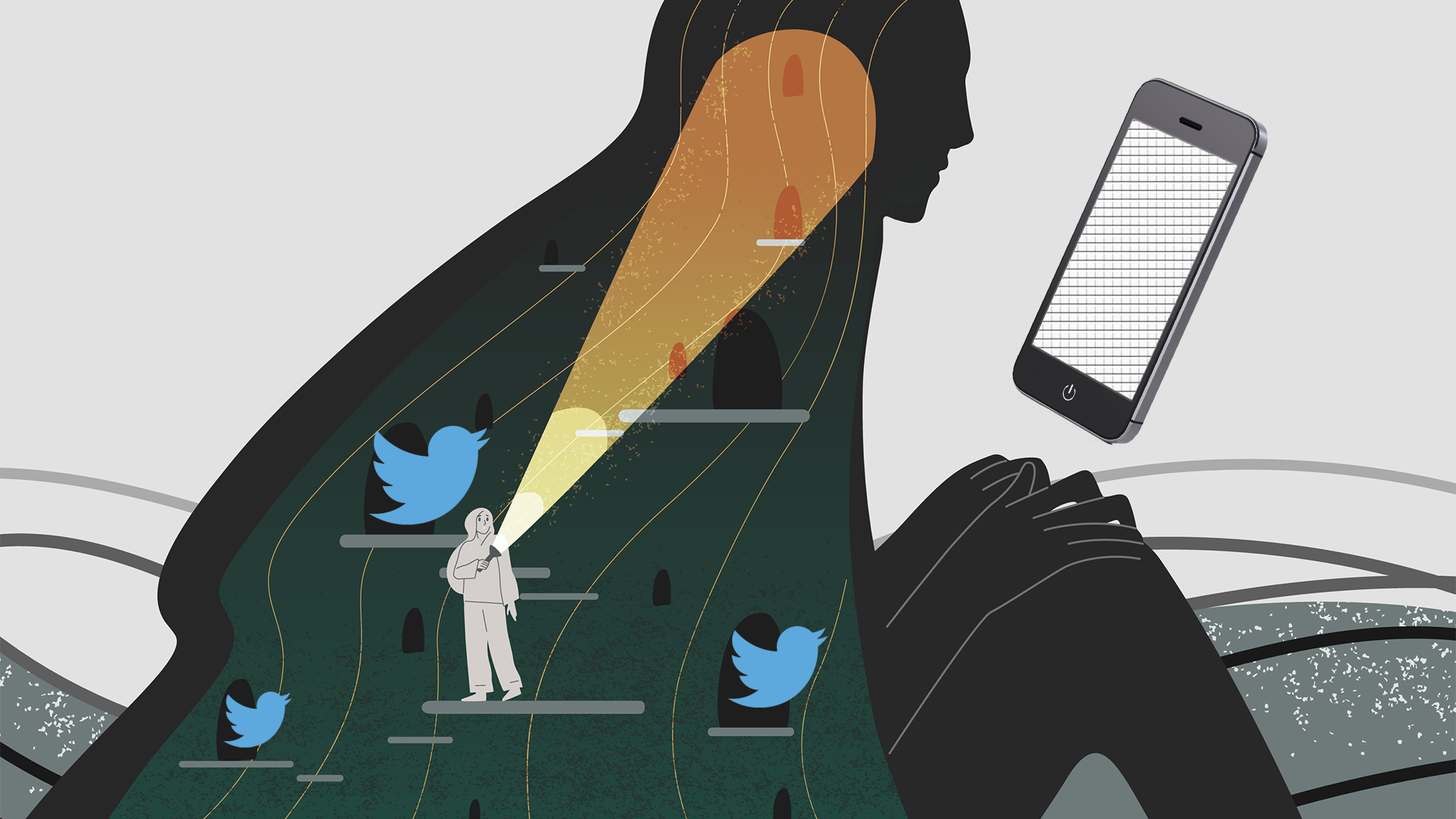Six big digital trends to watch in 2022

According to recent McKinsey research, 2021 was a year of transformation: people, corporations and society began to look ahead to influencing their futures rather than just surviving the present.
It was the year that premature hopes for herd immunity, an end to pandemic lockdowns, and a return to normality were dashed – at least for now. But aside from the Great Social Media Resignation, during which burnt-out Gen Z workers quit their jobs on TikTok and Instagram, the rise of non fungible tokens (NFTs), and the introduction of the metaverse, the world’s space-going billionaires were as wealthy and productive in business and technology as ever.
While it’s hard to make accurate predictions in the unpredictable environment we’ve been experiencing over the last two years, the year ahead will bring many surprises. Here are six digital trends that will influence life in 2022.
1. Social media: more privacy, quality and algorithm tweaks
Platforms will concentrate on privacy and content quality in feeds. Despite recent public criticism, Facebook is likely to grow members as well as revenues.
With an eye on privacy and content quality, all major social media platforms will likely have updated their privacy policies and tweaked their algorithms by the end of 2022. Due to the demand for strong, engaging content, a new tribe of creative influencers will grow rapidly and make a big impact on branding and engagement.
Thanks to the growing popularity of short-form video content, Instagram and TikTok are likely to witness a rise in ad expenditure in 2022 and Instagram will continue to grow beyond its 50% ad revenue share. Underutilised social media marketing components like customer service and relationship management will soon thrive on these platforms.
2. Enter the metaverse: from 2D to 3D web
Mark Zuckerberg announced a brand name change to “Meta” in October 2021, indicating Facebook’s wish to shape the metaverse transformation. The term refers to the possibilities of virtual and augmented reality. Some call it a virtual shared space accessible through VR headsets, AR glasses or smartphone apps.
Users may interact, socialise, explore and create content in the virtual environment, and monetise their virtual transactions using blockchain technology and cryptocurrency. The metaverse (or 3web) is intrinsically linked to NFTs and cryptocurrencies, which commercialise interactions by creating or selling digital artefacts. In 2022, 3web is expected to be a big commercial issue and is backed by major brands including Nike, Adidas, Gucci, Prada, Puma, Microsoft and others.
3. Acceleration of crypto & NFT growth
The use of non-fungible tokens (NFTs) increased in 2021 and will continue to in 2022. A new value exchange mechanism in the global online economy, NFTs have changed the value and function of all digital assets and artworks.
From a temporary fad to a new economy, NFTs have created what the Harvard Business Review calls “digital deeds”. In the digital realm, NFTs are unique assets that can be bought and sold like any other. Tokenisation is the process of converting a significant piece of data, such as an account number, into a random string of characters known as a token that, if compromised, has no meaningful value. These digital tokens may be used to buy physical things such as real-life paintings, or virtual assets like digital art, in-app purchases and even virtual properties.
The Frankfurt School Blockchain Centre predicts a US$1.5 trillion (£1.1 trillion) market for tokenised assets in Europe over the next three years. Real estate, debt, bonds, shares, copyrights, real art, virtual art and collectibles are all examples of assets that may be tokenised.
This is undoubtedly a huge step towards achieving one of cryptocurrency’s main promises of financial inclusivity. Investing in alternative or traditional assets is sometimes beyond reach or too expensive. Crowdfunding and Fintech – financial technology used to deliver automated and improved financial services – will allow investors of all sizes to engage in a wide range of assets.
4. AI growth in food and HR services
AI could well change the way we conceptualise, create and enjoy food or look for a job. Michael Spranger, COO of Sony’s artificial intelligence team, explains that labour shortages have led many organisations to use AI to broaden the way they evaluate and assess job applicants. He also notes that some of the most exciting applications of AI in gastronomy will enhance the imagination and creativity of chefs and culinary experts beyond what is possible today. And robots like Flippy are already flipping burgers at McDonalds and other restaurants.
5. Increased connectivity = more digital transformation
5G and the new Wi-Fi 6 standard will enable faster connection – crucial if the world is to embrace these new digital trends. Jerry Paradise, VP of product management for Chinese tech company Lenovo, has said 5G and Wi-Fi 6 are about more than just speed: “Future applications will include smart cities, the internet of things, and vehicle-to-vehicle communications – which would ideally improve traffic flow and safety.”
According to Lenovo, working from home will grow more “hybrid” as consumers and organisations continue to think beyond the office. A large majority of IT executives expect to work outside the office in future, with smaller and smarter devices, as well as cordless and noise-cancelling headphones. Hybrid employees may participate in video meetings and conduct phone calls not just from home, but anywhere.
6. New workplace, new skills
With the workplace set to change, skills will be next. According to the World Economic Forum, in 2022, new occupations will account for 27% of big corporate employee bases, while technologically outmoded positions will decline from 31% to 21%.
The shift in the division of labour between humans, computers and algorithms has the potential to remove 75 million current job openings while generating 133 million new ones. Data analysts, software and application developers, e-commerce specialists and social media specialists will be in high demand.
Many “human” jobs, such as customer service, organisational development and innovation management, are expected to grow. So, far from “taking our jobs”, AI will create jobs and ensure employment across an array of different fields.
This article is republished from The Conversation under a Creative Commons license. Read the original article.





